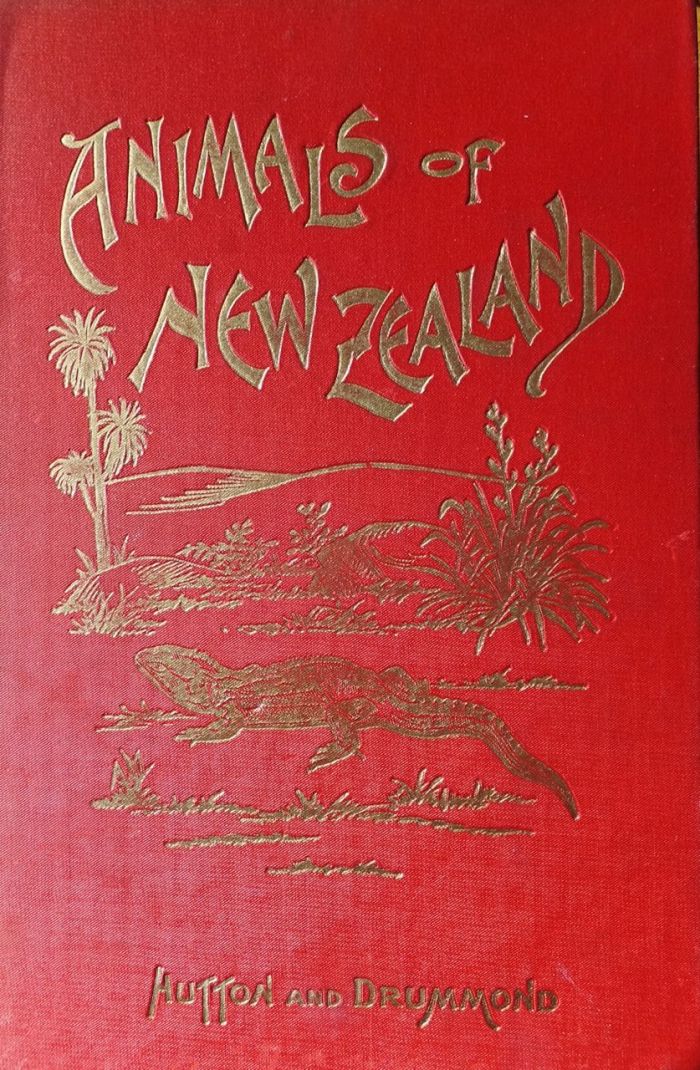A couple of weeks ago I scanned a heap of correspondence in the Hocken Collections for an historian colleague in Queensland. The letters were from Jean Begg (1886-1971) to her ‘folks at home’ as she travelled the world in a variety of jobs, missionary, social worker and high-level administrator. She was a prolific letter writer, seldom missing a week, telling her mother and sisters back in Dunedin all of her news. She habitually began each letter by describing small domestic moments; sitting by a fire, drying her hair, grabbing a couple of minutes before going to her office. However, she often had to finish the letter a day or two later when she ran out of time. By the 1930s she was based in Calcutta while she was the National General Secretary for the YWCA in India, Burma and Ceylon (Sri Lanka).
Sometimes she wrote on blue aerogram letter with their characteristic red and blue patterns running round all the edges. If these were from London they were often bought from the Post Office with prepaid postage but from India they carried stamps. She used every available surface and covered each aerogram in blue-black fountain pen ink. When ball-point pens became readily available in the late 1940s she used them but they are now harder to read as the inferior quality of the ink has smudged and ‘bled’ over time.
This is a typical beginning of a letter:
‘My dear home folks,
Don’t you like the procession on the top pf the page? — I quite like this airmail pad of mine!’
And here’s what she was referring to:





While in Calcutta she had several pads of onion skin paper to write on and these are only random samples. Other places like Cairo, Basra, Bagdad and Jerusalem airmail stationery supplies were more limited.
Source: Hocken Collections, MS-1006/007






